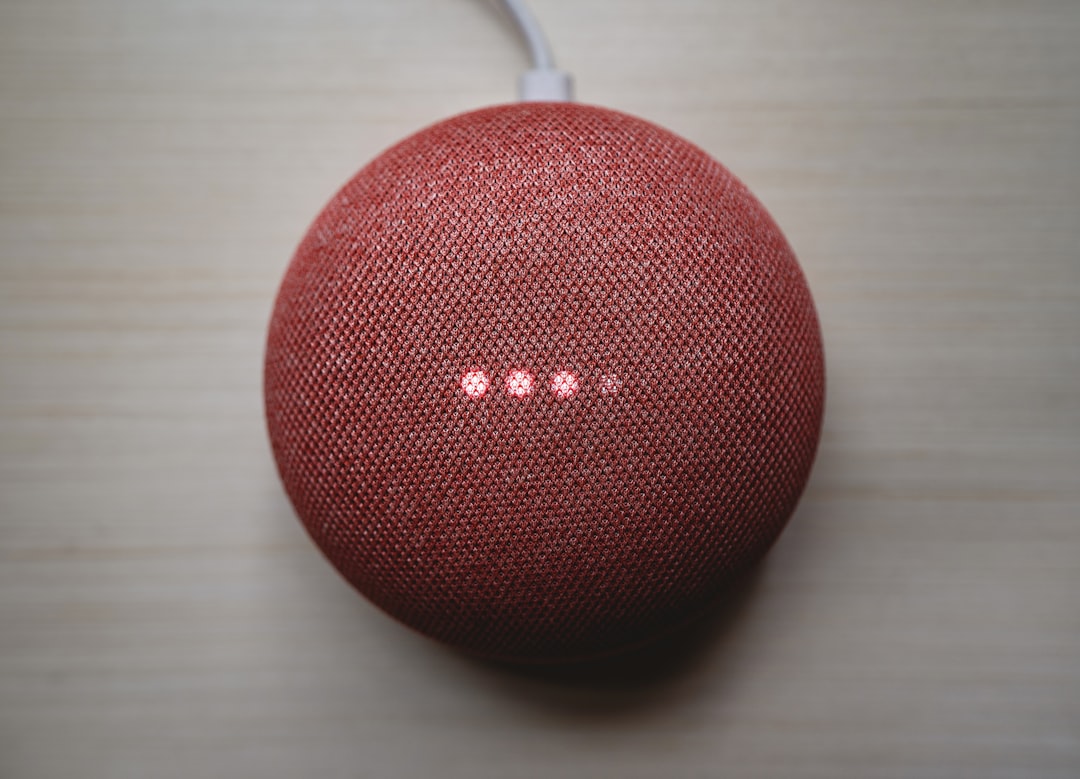In today’s era of information explosion, people face massive amounts of content every day, and how to convey information concisely and meaningfully has become the key to promoting understanding and connection. Clear and impactful information is crucial in driving audience resonance and inspiring action, whether in marketing advertising, public service activities, education, or professional fields. With the advancement of technology, speech to text technology is gradually becoming an important tool for achieving this goal.
The dual power of clarity and emotion
Effective communication requires not only accurate expression of information, but also touching the emotions of the audience. Clear information can reduce misunderstandings and improve understanding efficiency, while emotional content can resonate and leave a deep impression. For example, in marketing, an advertisement that directly showcases the advantages of a product can often significantly influence consumers’ purchasing decisions; In social welfare activities, by telling stories to evoke empathy or a sense of urgency in the audience, more people can be mobilized to participate and take practical actions.
This combination of “clarity+emotion” enables brands, organizations, and individuals to establish connections with audiences more efficiently, enhancing trust and loyalty. Therefore, mastering this dual ability is an indispensable quality for modern communicators.
Speech to text: a technological bridge to break down communication barriers
Speech to Text (STT) technology is an important aid in achieving the above communication goals. It utilizes advanced algorithms and machine learning models to quickly and accurately convert spoken content into written text. This technology has a wide range of applications, from assisting people with disabilities to improving workplace efficiency, and promoting educational equity, all of which are exerting profound impacts.
1. Improve the efficiency of information acquisition
In scenarios such as news interviews, meeting minutes, lecture presentations, etc., voice to text conversion can help users quickly generate text content and save a lot of manual organizing time. Journalists, researchers, teachers, and other professionals can focus more on content analysis and instructional design rather than tedious text input work.
2. Promote barrier free communication
For people with hearing impairments, real-time speech transcription technology has opened the door for them to participate in conversations. Whether it’s online meetings or offline communication, voice to text can provide instant subtitles, helping hearing-impaired people better understand the content and enhance their social and professional participation.
3. Support non-native speakers and special needs groups
For language learners or those with reading disabilities, speech to text technology lowers the threshold for understanding. By transforming spoken language into visual materials, users can more easily access information, thereby improving learning outcomes and communication quality.
4. Rich multi-dimensional learning experience
In the field of education, speech to text provides diverse support for students with different learning styles. Auditory learners can review course content through audio, while visual learners can use text for in-depth reading and note taking. In addition, students can also complete assignments through voice input to improve writing efficiency.
Integrate into diverse scenarios and unleash communication potential
In order to fully utilize the potential of speech to text technology, the key is to integrate it into various application scenarios in a reasonable manner:
In the field of education, teachers can transcribe classroom lectures into written texts in real-time for students to review after class, while meeting the needs of different learning styles.
Workplace collaboration: Team meetings can generate minutes through voice transcription, facilitating follow-up and execution, and improving overall work efficiency.
Public Communication: Adding automatically generated subtitles in content creation on social media, podcasts, video platforms, and other platforms can not only enhance the viewing experience but also expand audience coverage.
Cross cultural communication: Combined with translation function, voice to text conversion can help non-native speakers understand foreign language content in real time and narrow the language gap.
Conclusion: Building an inclusive and efficient communication ecosystem
Speech to text technology is not only a tool for information processing, but also a powerful support for promoting democratic communication and enhancing social inclusiveness. It enables everyone to express their thoughts, acquire knowledge, and participate in interactions in the most suitable way for themselves. In the future, with the continuous development of artificial intelligence and natural language processing technology, speech to text will demonstrate greater value in more fields.
In this diverse and fast-paced society, clear, efficient, and warm communication has become a necessity of the times. Speech to text technology is an important bridge to this goal – it not only simplifies the process of information transmission, but also deepens the connection between people.
Voice to text technology enables clear and efficient communication











Leave a Reply